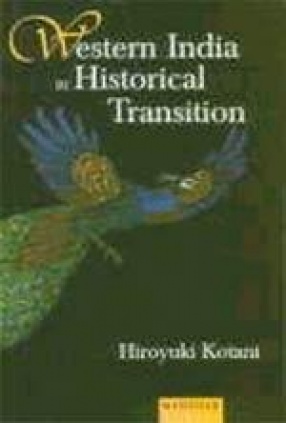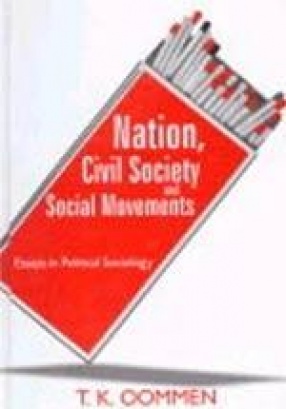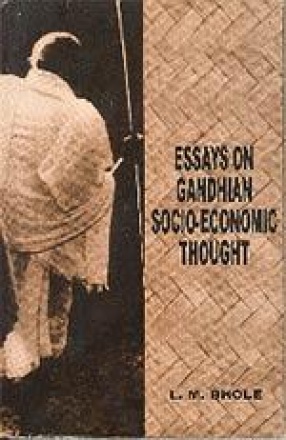Nineteenth century onwards, when European thinkers started writing on India, the village community and caste system have loomed large as the most striking characteristics of Indian society. In spite of this preoccupation, however, studies of caste system and village community in pre-colonial India have been hampered by a dearth of historical documents in native Indian languages. The medieval Marathi documents utilized extensively in this volume are a rather rare exception to this general circumstance. In this volume the author proposes that the key concept that will help us understand the structure and function of local society in later medieval western India is the Vatan system. This system dictated the division of labour within the village community as well as the pargana (district) and prescribed the land rights of peasants over the lands they cultivated, the class relationships within local society and the hierarchical relationships at work in a caste community. British colonial rule precipitated far-reaching changes in the social fabric in western India. The most prominent was the gradual disintegration of the Vatan system. Structural changes were also affected in the caste community caused by the so-called caste autonomy policy formulated by the Bombay government. Finally, an ideological shift also appears to have been brought about primarily by the replacement of the local autonomous judicial system with the modern judicial system of the British. These socio-cultural changes are investigated mainly through legal documents prepared under the Bombay administration.
Western India in Historical Transition: Seventeenth to Early Twentieth Centuries
In stock
Free & Quick Delivery Worldwide
reviews
Bibliographic information
Title
Western India in Historical Transition: Seventeenth to Early Twentieth Centuries
Author
Edition
1st ed.
Publisher
ISBN
8173044457
Length
xii+308p., Maps; 23cm.
Subjects





There are no reviews yet.